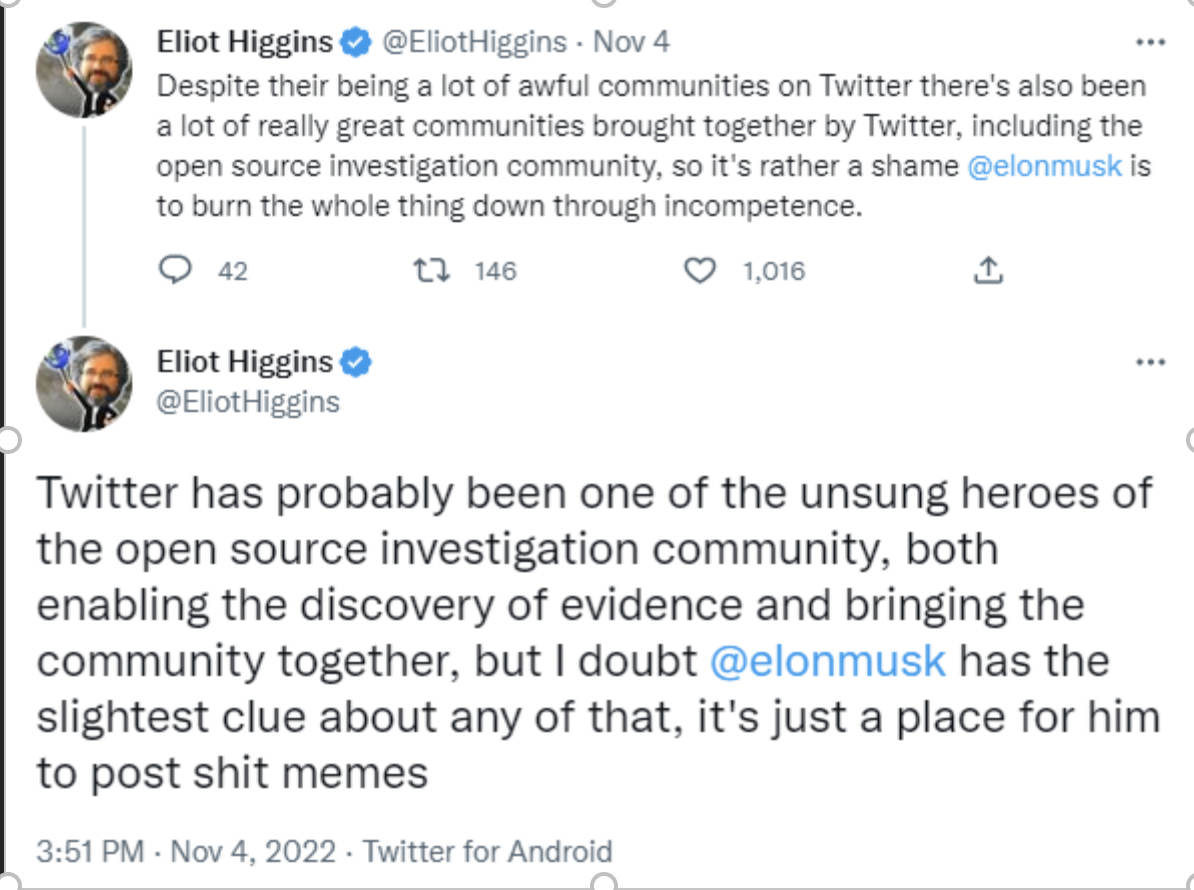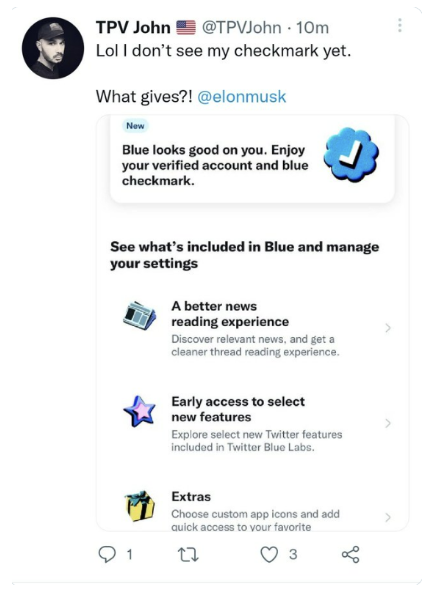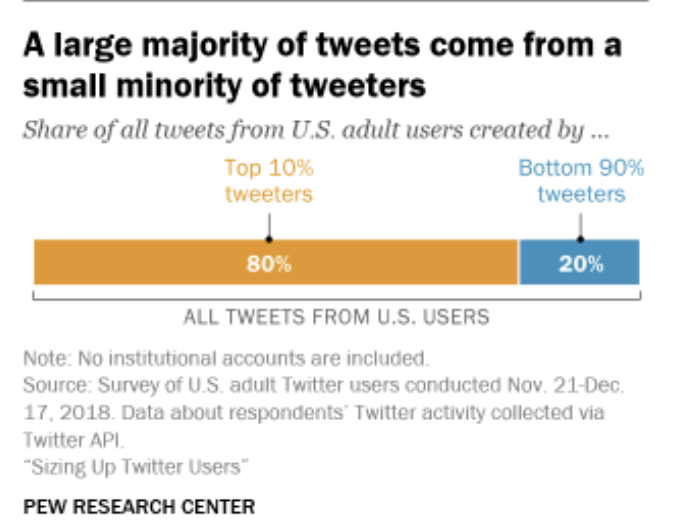
The Correlation Between a Hash Brown Shortage and Inflation
With the hustle and bustle of the holidays, it is hard to escape the glooming thought of inflation. Inflation is a topic consuming mainstream media, daily conversations, and even store checkouts. Many treat inflation as a binary topic – a simple cause-and-effect equation. This may help simplify a complex macroeconomic situation to a single factor, but it fails to take into account a further understanding of what factors signal that inflation is occurring. Understanding these different factors has the added benefit of helping to explain why certain commodities or services seem to be hit particularly hard when economic turmoil appears.
For this week’s Overwatch, analysts looked at the different signals that indicate the presence of inflation and how these signals helped inform one man’s quest for hash browns. This journey helps businesses and everyday consumers understand the day in the life of an open-source intelligence (OSINT) analyst whose innate curiosity leads them down the discovery, develop and monitor (D2M) framework of analysis. By the end of this brief, your perspective and the world around you will be an open forum of information to develop your own hypotheses to make wiser investments, business decisions, or simply stock up on hash browns.

The Journey of an OSINT Analyst in Search of Hash Browns
As a 30-plus-year Army veteran, I had not given too much thought to the overall impact of inflation until a very obscure fact intruded upon my weekend breakfast routine with my family. We have become accustomed to potatoes on Sunday mornings, specifically hash browns. During the months of October and November, hash browns disappeared off the shelves of central Florida, nowhere to be found. My reaction rang true to how most people analyze the impacts of inflation through consumer costs such as gas, food, and other staples that are tangential to their lives with a bit of frustration.
As I pondered my disappointment week after week, I wondered if this was another sign of inflation or something more significant. This stirred up the Army officer in me, leading me down an OSINT journey into the topic of inflation. As an OSINT analyst, we can gauge the empirical, but more importantly to many researchers in the field, the emotional responses and behaviors of populations or sections of populations addressing inflation. Like muscle memory, I started down the path of discovery by first visiting forums like food blogs and Reddit threads, discussing the disappearance of not just hash browns but potatoes in general. Most conversations on Twitter, Reddit, and other blogs cited inflation, Covid, and supply chain problems. Some more animated bloggers blamed Wall Street, which is an interesting place to go in search of hash browns.

There are excellent sources of information on the inflation rate and its impacts on consumers and the economy: the Federal Reserve, USA FACTs, and World Bank are a few good places for an OSINT analyst to obtain an official baseline of inflation. That said, inflation does not consider food prices such as hash browns.
The World Bank maintains a database encompassing 196 countries over the period 1970-2022, with six measures of inflation in annual, quarterly, and monthly increments. The database also provides aggregate inflation for the global economy, advanced economies, emerging markets, and developing economies and measures of global commodity prices. Because no one index captures the full range of price changes in the U.S. economy, economists must consider these multiple indexes to get a comprehensive picture of the inflation rate. The U.S. Bureau of Labor Statistics calculates the Consumer Price Index (CPI) monthly based on the changes in prices consumers pay for goods and services.

It would be worthwhile to stroll down Wall Street searching for my disappearing hash browns. Let’s take a moment to see what factors investors monitor as signs of inflation. First, utility stock prices or utilities are known for their relatively stable share prices and above-average dividends. Because stock prices look forward, not backward, a prolonged sell-off in utility stocks can represent a Wall Street consensus that interest rates–and, therefore, inflation–is likely to rise. A sustained rise in the yield on the bellwether 10-year Treasury note can mean the same thing. For an OSINT analyst, the monitoring of Wall Street can be notoriously shortsighted; therefore, an analyst needs to look for a significant, sustained drop in utility prices, not just a one-week panic.
One early warning sign of inflation is an increase in raw-material prices, such as copper and lumber, which are harbingers based on their importance to housing and construction, two areas that are prone to inflationary effects. A sharp increase in base commodities means that demand for raw materials outstrips supply. With the move or emphasis of transition to a digital or greener economy, many rare earth metals will also serve as potential inflationary tripwires. In our case, the raw material was the heroic potato which clearly had disappeared. Precious metals are always great hedges against inflation; historically, gold prices rise when the dollar falls on the international currency markets, so a sustained rise in gold prices should at least be on an OSINT analyst’s early inflation-warning radar. It is also a good indicator for subtle adversarial actions such as currency manipulation but not so much for my hash browns query.
Another area for OSINT monitoring is the obscure data that the Federal Reserve uses to evaluate hourly businesses that are keeping up with demand by looking at their respective factory capacity utilization. To provide a perspective, economists saw this figure drop to 66% during the 2009 financial crisis. Worries around inflation begin to emerge in the minds of economists when factories begin to operate at 84% or higher. So looking at the significant potato processing plants in the U.S. and the world plays a role in determining their rates.
Wages are another area to monitor, as inflation is defined loosely, as too much money chasing too few goods and services. In other words, one condition for inflation is a large increase in the money supply. On the opposite end is what can be called a wage-price spiral, which works like this: As demand increases, so do prices. As prices rise, employees demand higher wages. And, if the labor market is tight enough, they get high wages. That, in turn, pushes up prices. A good source for an OSINT analyst is monitoring the monthly job openings and the Labor Turnover Survey from the Department of Labor. My brief search on Wall Street directed my attention to commodity prices, factory utilization, and CPI, which pointed me west to Idaho after a brief stop at the USDA. For the OSINT analyst, the beauty of USDA crop report yields is the fact that they are not written to emote strong emotional responses, so mis- and disinformation designed to arouse emotions will contrast with these reports.

During a review of crop reports both at the state and local level, it began to paint the picture of a shortage in yields of potatoes in 2021, which decreased frozen stocks, which maintain a supply of hash browns and other potato-based staples throughout the year. More specifically, using various restaurant and food blogs to quickly sift through data for the backend network of the hash brown process, we came to the following explanation, which official public government data, reports, and statements could vet. U.S. potato yields have declined by 7% over the past five years. This is despite an increase in Idaho potato acres by 15,000 acres in 2021, but the yields dropped by 20-30%. In the research, the rut potato is a brand to watch as it is a regular and common potato that does not fluctuate in commodity prices wildly, but prices did increase for this brand used in batter and mashers for the first time this past year.
Compounding this situation is the USDA recalled hash brown potatoes because they recalled more than 30 million pounds of frozen hash browns due to possible contamination with listeria monocytogenes. When 2022 yields were also lower than normal, the shortage was exacerbated as the frozen reserves were exhausted. So demand grew faster than supply. In times like these, the U.S. food industry will rely on exports from abroad, which does not embroil the hash brown in the web of disrupted international supply chains and associated transportation energy costs. These were the primary drivers behind my displeasure with no hash browns, a decrease in supply due to weather-low crop yields, and snarled disruptions in the supply chain.
Our Assessment
Our journey from Wall Street to Washington, D.C. to Idaho and beyond led Overwatch analysts to conclude that there were a series of bad potato crops, compounded by the effects of disrupted supply chain issues affecting how the food industry processes frozen potatoes. This all led to the scarcity of hash browns in the Fall of 2022. This OSINT quest is a reminder of how important this discipline relates to intelligence, whether it’s intel for the governement, the battlefield or business. OSINT provides an understanding of the network and/or environment. This understanding allows the OSINT analyst and other intelligence practitioners the foundation to ask the right questions and judiciously apply resources, whether it is looking for your favorite comfort food or looking for a terrorist.
As we enter the new year, this story will encourage you to investigate further into headlines, be more aware of shifts in your surrounding environment, and apply critical thinking skills. Critical thinking will help us discover the correlation of events to develop hypotheses, test variations of solutions, and draw conclusions about what future impact indicators have on a macro scale. Start to ask yourself, what signals do you anticipate will indicate recovery from the recession?
Sources
“Inflation may be easing, but grocery prices are still way up” – CNN Business
“Inflation in America: Track where prices are rising” – NBC News































 A good resource is “
A good resource is “ Challenge naysayers around you to show gratitude – at home, work, the grocery story, online – everywhere. The
Challenge naysayers around you to show gratitude – at home, work, the grocery story, online – everywhere. The  If all else fails,
If all else fails,  Ending conversations that are too heated or have hit a lull can be challenging. In these cases, do not mistake the
Ending conversations that are too heated or have hit a lull can be challenging. In these cases, do not mistake the 




 2014
2014  2016
2016 2018
2018  2020
2020














































